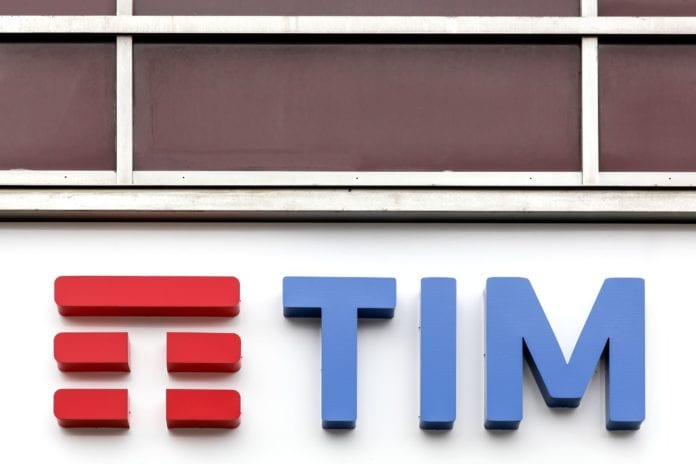In partnership with Ericsson, the 4.5G test reached access speeds of more than 500 Mbps
Italian mobile operator TIM completed a field trial of “4.5G” technology in Turin, with download speeds of more than 500 megabits per second on a single data connection on a live LTE network.
TIM also said that it aims to upgrade LTE networks in the country’s major cities with this technology in the next few months, and expects to commercially launch 4.5G services by the end of this year.
TIM currently offers download speed of 300 Mbps with its LTE-Advanced network in Rome, Milan, Genoa, Turin, Naples, Prato, Verona and Palermo.
The project also involved collaboration with Swedish vendor Ericsson, which made available technological solutions based on the new Ericsson Radio System and network advanced services, and Qualcomm Technologies, which provided test terminals with Qualcomm Snapdragon LTE X16 modems.
“The milestone of 4.5G, which anticipates and paves the way for ‘5G,’ allows us to offer the best performances and to increase network capacity to meet the growing demand for mobile ultrabroadband linked to the explosion in video content, including [high-definition] and 4K, and of social networking and in general the new digital services that transform our lives on a daily basis,” Giovanni Ferigo, TIM’s head of technology, said.
TIM currently offers LTE technology through spectrum in the 800 MHz, 1800 MHz and 2.6 GHz bands.
Huawei, Vodafone trial Massive MIMO in England
In related news, Chinese vendor Huawei and U.K.-based telecom group Vodafone said they have conducted the first trial of Massive Multiple-Input/Multiple-Output 2.6 GHz TDD in Europe on Vodafone’s commercial network in Newbury, England.
The companies said they have achieved positive results in terms of spectrum efficiency and increases in network capacity.
“Demand for high-bandwidth services continues to grow quickly and the need for us to increase capacity within the limits of the spectrum available has never been greater. Massive MIMO may be the answer,” Santiago Tenorio, head of networks at Vodafone Group, said.
“We continue to test the technology, but as the availability of compatible handsets increases, we believe Massive MIMO could benefit many of our customers, particularly in areas where there are a large number of devices, such as city centers, train stations, business districts and stadiums.”

